How playing cards helped escape from German captivity
The Second World War is notorious not only for the huge number of casualties, but also for the large number of prisoners on both sides. Of course, the dream of any soldier in captivity is to escape. Soldiers and officers from Great Britain and the United States sometimes escaped from prison camps using... playing cards.
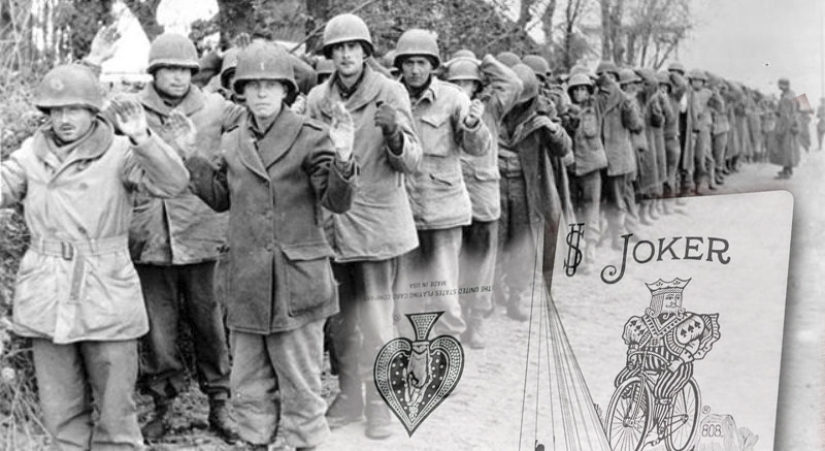
In the 20th century, playing cards were not held in high esteem in the armies of various countries. Whatever one may say, this is a game of chance that can undermine discipline. Prisoners are a completely different matter - for them, cards become a way to brighten up the monotonous, difficult days while awaiting release. But it's not always just fun. “Escape cards,” outwardly indistinguishable from ordinary ones, helped the military escape from German captivity.
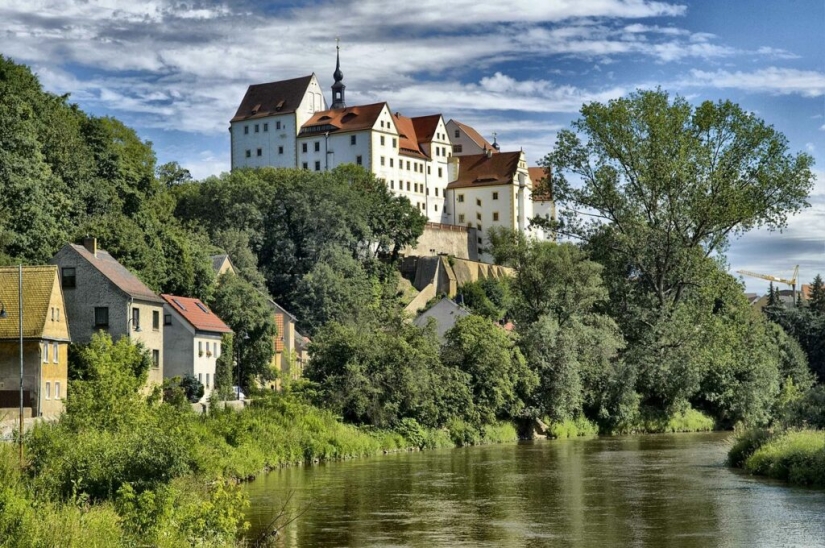
Colditz Castle, located on a steep cliff in Saxony, became one of the places where high-ranking prisoners were kept in 1944. British and American officers were kept in its casemates and towers. It must be said that the conditions in the citadel, although not resort-like, were quite bearable. Its inhabitants could move freely within the castle walls and even received parcels. But escaping from the castle was incredibly difficult. Not only was it well guarded, but it was also located deep in the rear, far from the front line.
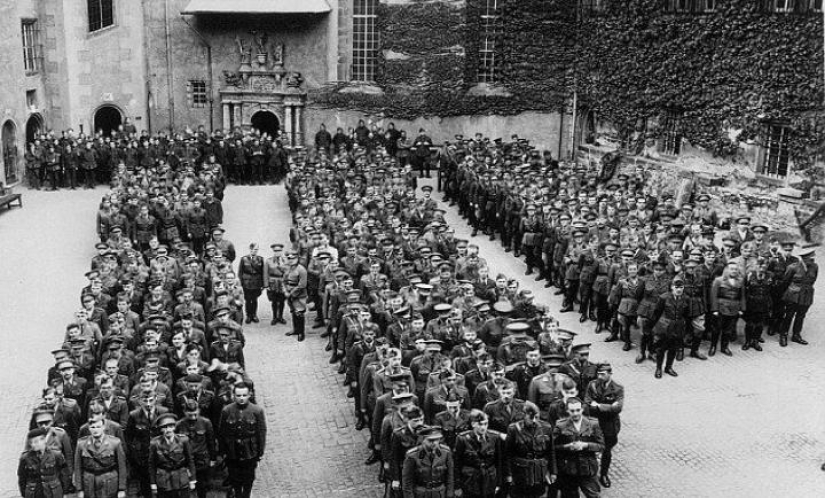
The Germans accepted postal items only from the Red Cross, on holidays, in accordance with the Geneva Convention. Each parcel was carefully checked by the castle security. They were looking for weapons, explosives, encrypted messages and, of course, maps of the area. Without them, even breaking out of the fortress walls, it was impossible to escape.
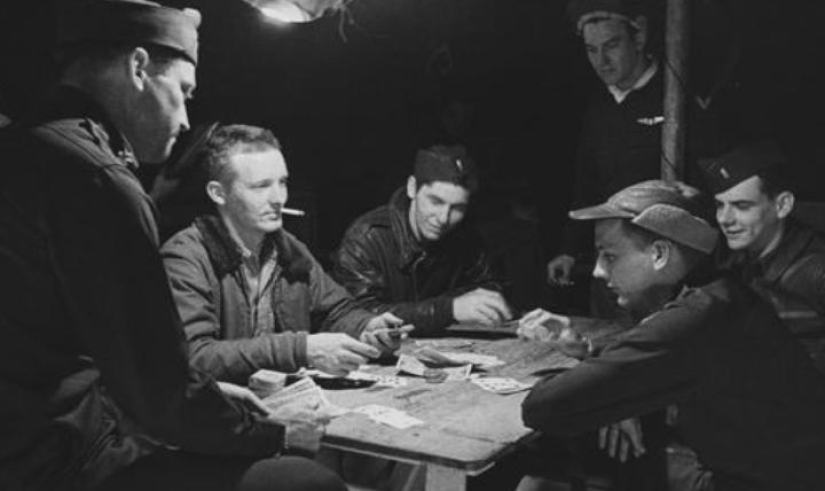
Among the products, tobacco and medicines, the parcels almost always contained decks of playing cards. They were also examined, but nothing unusual was ever found. This is not surprising, because the information for the prisoners was carefully hidden. The idea belonged to employees of the British intelligence services, and it was brought to life by the American company United States Playing Card Company.
Each card consisted of two layers glued together. Fragments of maps of the area were printed on the inner sides of the paper layer. It also contained other information useful for the fugitives about the surrounding area of their place of detention. To get to the information, the cards had to be wetted and separated into layers. Then the resulting fragments were added in order and a complete map was obtained.
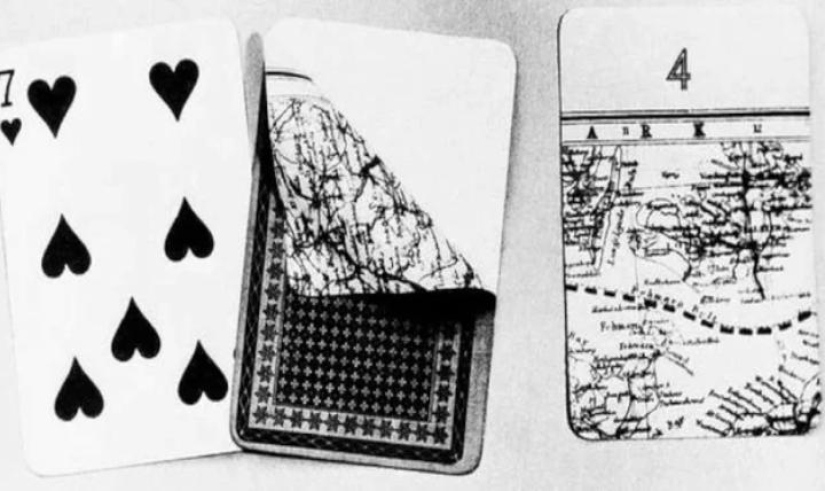
The overall picture was made up of 48 individual playing cards. And on 4 aces they placed additional data about roads, rivers and bridges across them. They also described hiding places where intelligence agents hid German uniforms, food and weapons in case of escape. The keys to the correct layout of “topographic solitaire” were the Jokers. Most often, prisoners were asked to lay out rows of spades, and then the rest of the suits.
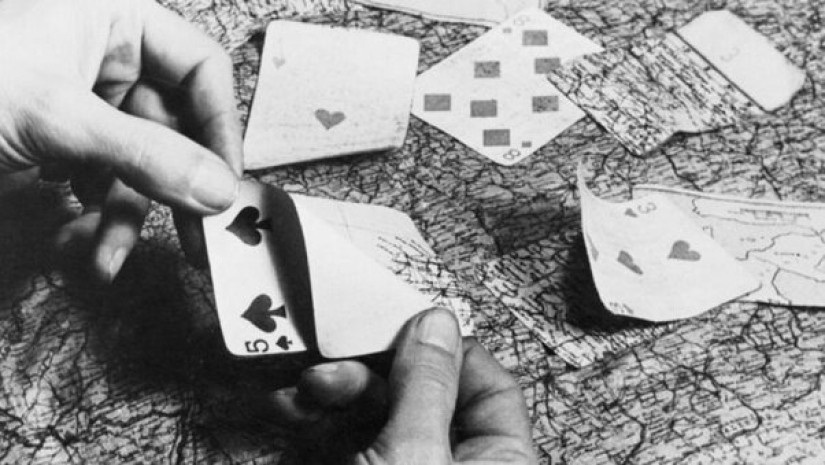
The idea with playing cards turned out to be quite successful. Thanks to this trick, 32 prisoners escaped from Colditz Castle alone in just one year. In total, in Germany the number of fugitives reached three hundred people. Playing cards with "nuance" remained classified even after the end of the war. They were talked about in the press only in the mid-70s. Playing cards had another use in the war, albeit in Vietnam.
Recent articles

Girls from our collection could easily compete for the title of "Miss universe". And this despite the fact that they are all ...

Young Milla Jovovich in the arms of Michael Jackson - this shot from almost thirty years ago, published on the actress’s ...

From explosions at the slightest collision to endless drifts without a scratch, cinema has long since devised its own laws of ...